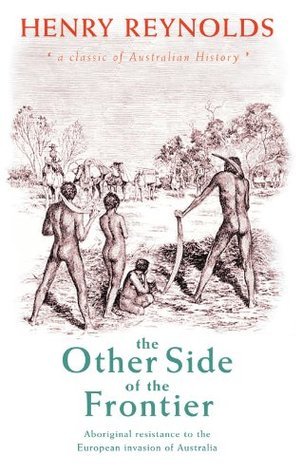What do you think?
Rate this book


256 pages, Kindle Edition
First published January 1, 1981
The second strand of interpretation [land boundaries were less clear than expected] seems more pertinent for the assessment of the Aboriginal response to European explorers and pioneers. As a general rule clans did not react immediately to European trespass although illusions about returning relatives or fear of guns may have significantly modified their behaviour.
[...]
The white invasion often forced blacks into a more assertive and possessive stance concerning clan territories. E. S. Parker came to the conclusion that it was an ‘important and unquestionable fact’ that the Port Phillip Aborigines were ‘not insensible to their original right to the soil’.
[...]
While it is true that European material abundance was a major focus of tension the assumption that Aboriginal envy was the principal cause of conflict is both superficial and ethnocentric.
Some groups [of Indigenous Australians] exhibited an unquenchable determination to survive; for others the onslaught of invasion had destroyed everything. The future itself had been extinguished.
Kangaroos and emus were driven long distances to be trapped in rudimentary stockyards made of logs and bushes. There are numerous references in the pioneer literature to the discovery of long races of sticks, boughs and bushes which had been used to control the movements of the larger marsupials.
The failure of this and similar schemes has usually been attributed to the Aborigines’ total lack of understanding of agriculture. Yet traditionally they did harvest root crops and wild grasses and often from the very same patches of soil appropriated by the settlers for agriculture. The big difference lay in the fact that they did not see the need to sit around and wait for the crops to grow. Confident in their knowledge of the environment and their ability to ensure, by appropriate ritual, its continued flowering they arranged their timetable to return to an area when a new crop had matured and ripened. Clearly there was a big gap between the productivity of Aboriginal foraging and European horticulture even in the crude colonial environment. But the crucial difference was not in the use of the land but in the institution of private property. Small European farmers and gardeners remained in one place not just to nurture their crops but because they owned the land and all it produced and residence was required to effect and affirm that ownership.